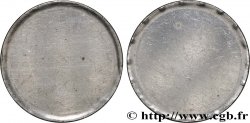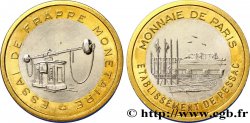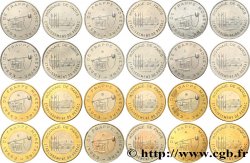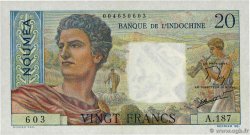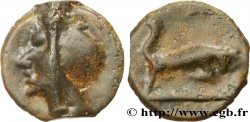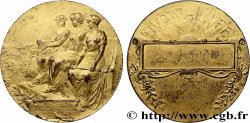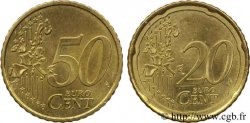v18_2423 - BANCO CENTRAL EUROPEO 20 centimes d’euro, frappe fautée et incuse n.d.
MONNAIES 18 (2003)
Precio de inicio : 100.00 €
Valoración : 500.00 €
Precio realizado : 405.00 €
Número de ofertas : 8
Oferta más alta : 516.00 €
Precio de inicio : 100.00 €
Valoración : 500.00 €
Precio realizado : 405.00 €
Número de ofertas : 8
Oferta más alta : 516.00 €
Tipo : 20 centimes d’euro, frappe fautée et incuse
Fecha: n.d.
Metal: cupro-aluminio
Diámetro: 22,25 mm
Peso: 5,74 g.
Canto: lisse
Grado de rareza: UNIQUE
Comentarios sobre el estado de conservación:
Avec son brillant d’origine
N° en los catálogos de referencia :
Anverso
Reverso
Titulatura del reverso: 20/ EURO/ CENT.
Descripción del reverso: Carte de l’Union européenne sur six traits tirés entre deux groupes de six étoiles formant les douze pays de la zone euro, signature en monogramme LL.
Comentario
Un exemplaire étonnant qui présente un flan de 20 centimes d’euro écrasé avec revers incus. Il s’agit apparemment d’un problème mécanique qui a imprimé la face commune avec la même face, incuse, au revers. Un flan est probablement resté collé dans la presse et un deuxième flan, celui-ci, a été introduit et est devenu une erreur de frappe. Ce qui est plus curieux est que l’on constate que le flan utilisé avait été “gaufré”, opération préalable à la refonte, puis refrappé avec un coin “face européenne”, apparemment sans avoir retiré la pièce restée coincée. On ne comprend pas comment la machine a pu “fournir” un flan “gaufré” à la presse monétaire. Très certainement unique.
A stunning example featuring a crushed 20 euro cents planchet with an incuse reverse. This appears to be a mechanical issue that resulted in the common side being printed with the same incuse side on the reverse. One planchet likely stuck in the press, and a second planchet, this one, was introduced and became a typing error. More curiously, the planchet used was found to have been “embossed,” a prerequisite for recasting, and then restruck with a “European side” die, apparently without removing the stuck coin. It is unclear how the machine could have “supplied” an “embossed” planchet to the coin press. It is most likely unique.
A stunning example featuring a crushed 20 euro cents planchet with an incuse reverse. This appears to be a mechanical issue that resulted in the common side being printed with the same incuse side on the reverse. One planchet likely stuck in the press, and a second planchet, this one, was introduced and became a typing error. More curiously, the planchet used was found to have been “embossed,” a prerequisite for recasting, and then restruck with a “European side” die, apparently without removing the stuck coin. It is unclear how the machine could have “supplied” an “embossed” planchet to the coin press. It is most likely unique.







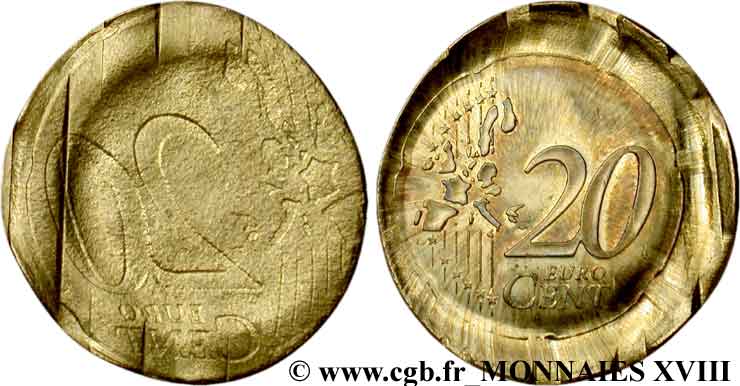
 Informar de un error
Informar de un error Imprimir la página
Imprimir la página Comparte mi selección
Comparte mi selección Haz una pregunta
Haz una pregunta Consignar / vender
Consignar / vender
 Descriptivo
Descriptivo